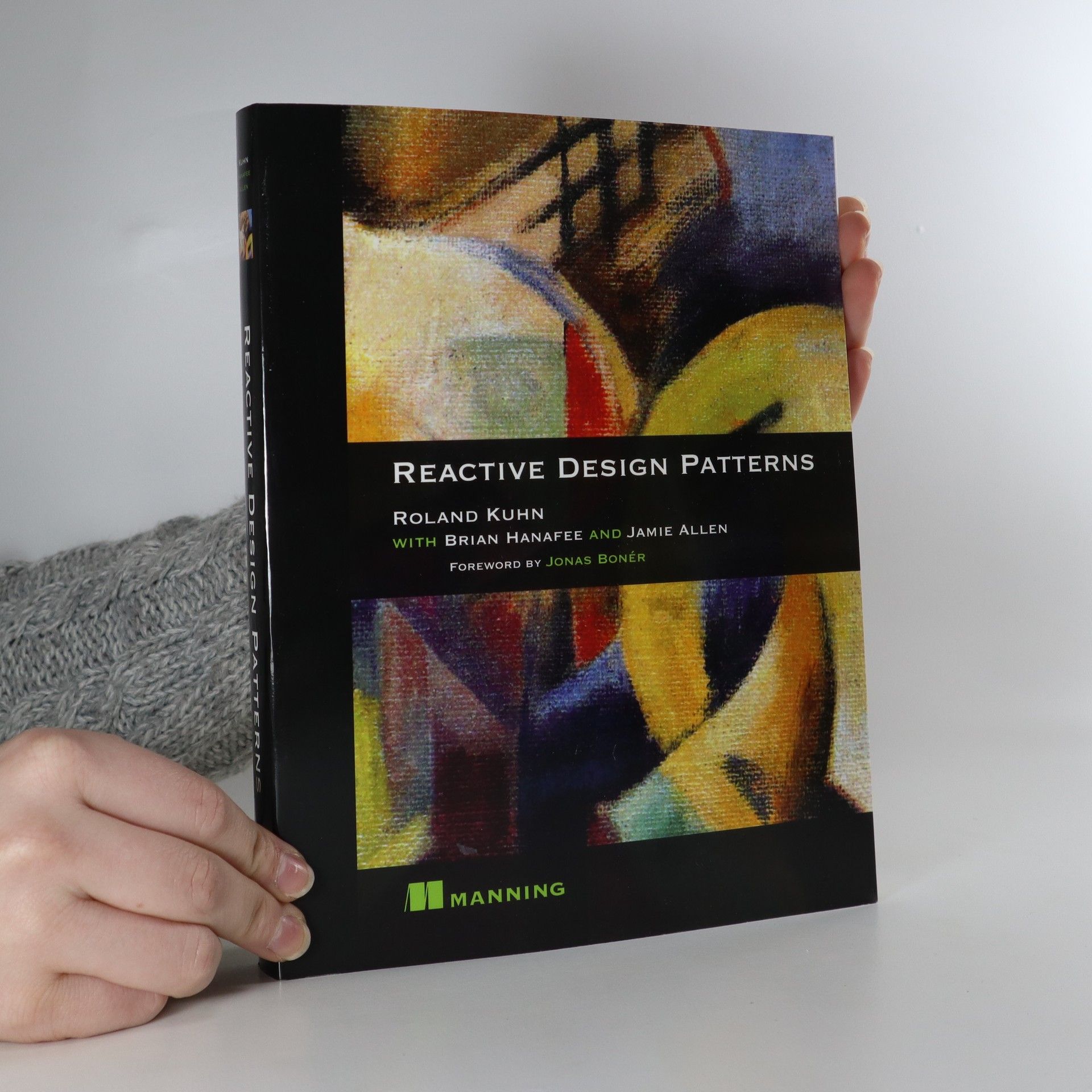Notebooks are everywhere, yet we rarely notice them and never stop to consider where they came from or how they work. We use them every day to scribble notes, remember dates, and list our chores, but an empty notebook has limitless potential; it gives us the space to reflect on our innermost thoughts, to untangle our knottiest problems, or to draw out ground-breaking new discoveries. Without their notebooks, Isaac Newton, Albert Einstein and Pablo Picasso - and a legion of other writers, artists and scientists - would never have achieved what they did.In The Notebook: A History of Thinking on Paper, Roland Allen follows a trail of ideas, revealing how the notebook came to be our most durable tool for thinking. He shows how the blank book transformed life in Italy - prompting the rise of international banking and the intellectual advances of the renaissance - before becoming Europe's most versatile information technology. Artists, writers, scientists, and engineers all came to rely on theirs; but so did fishermen, sailors, cooks, and thieves. The Notebook tells their stories, celebrating the infinite variety of our notebooks and their uses. Referring to hundreds of fascinating examples, from 1300 to the present day, and drawing on the knowledge of a host of experts, Allen's stories will ensure that you look at - and use - your humble notebook in a whole new way.
Jamie Allen Livres

